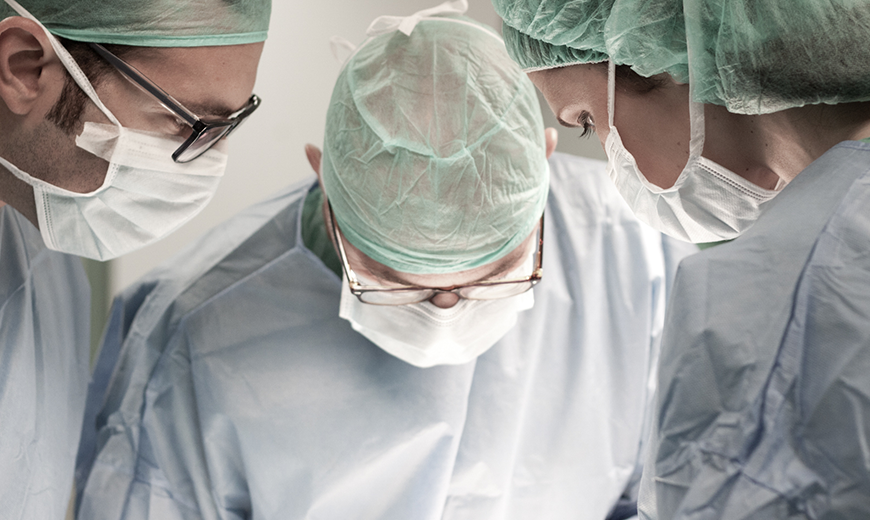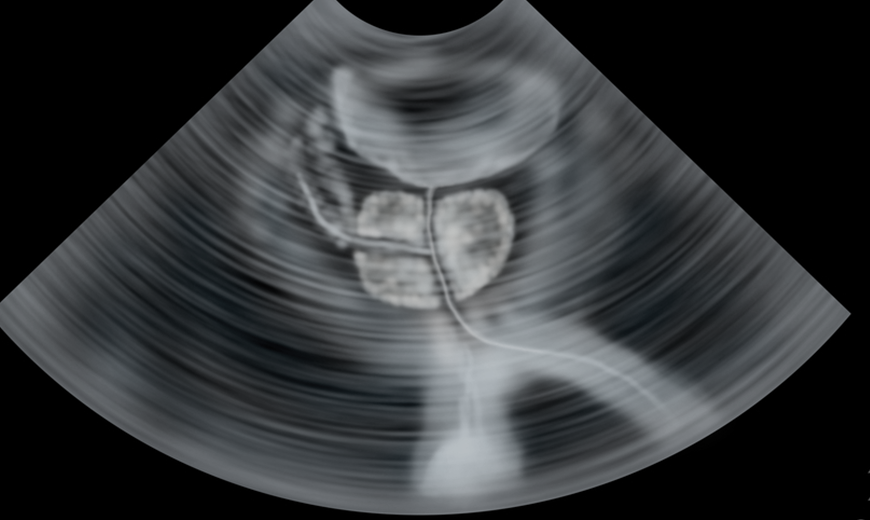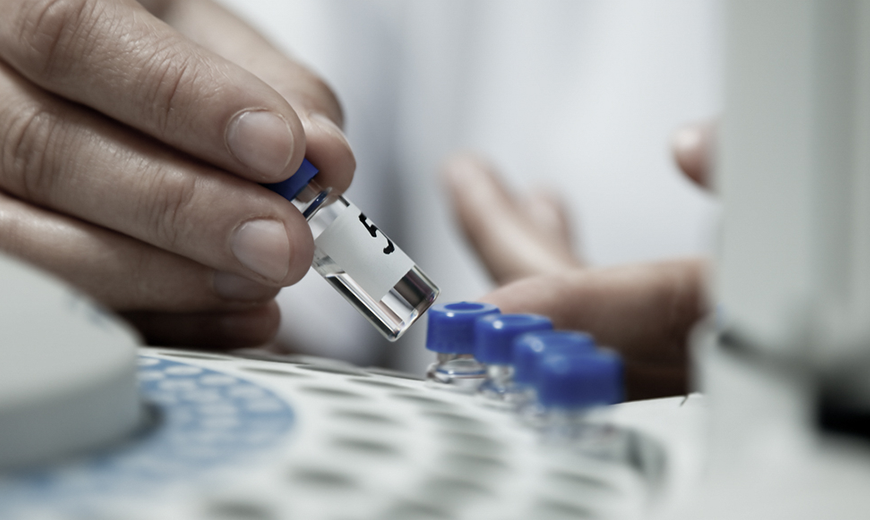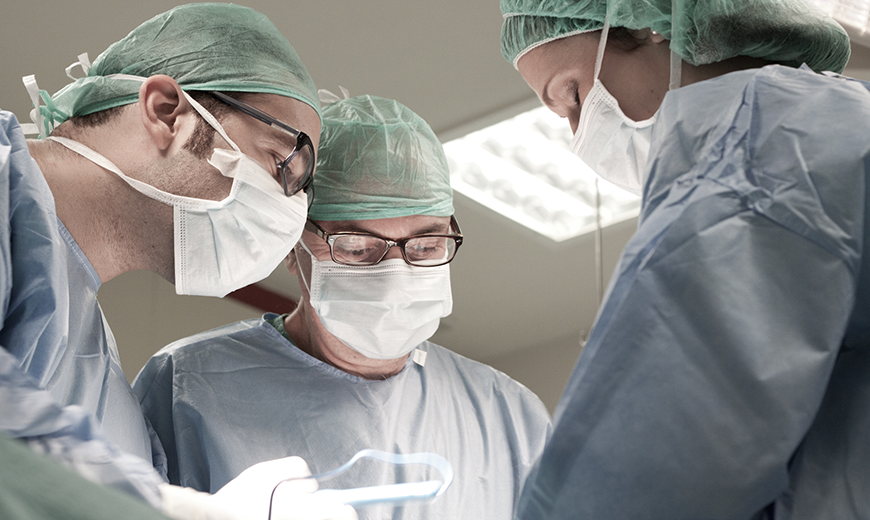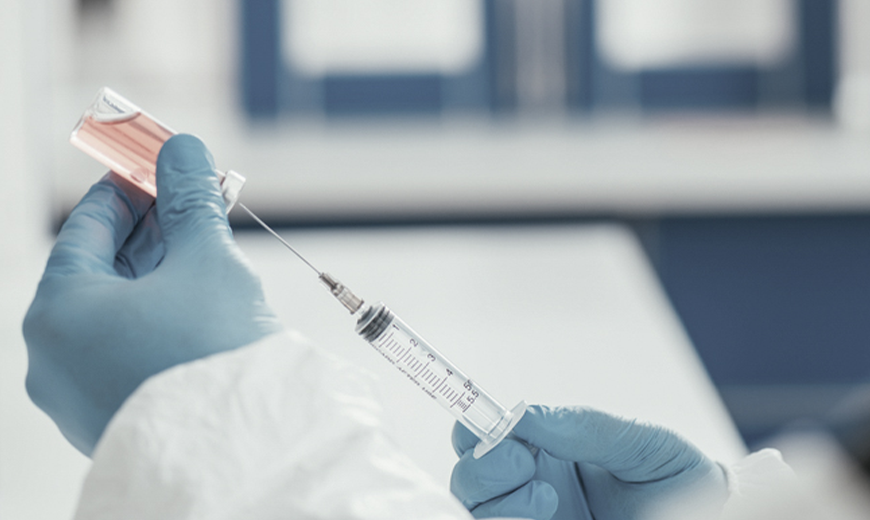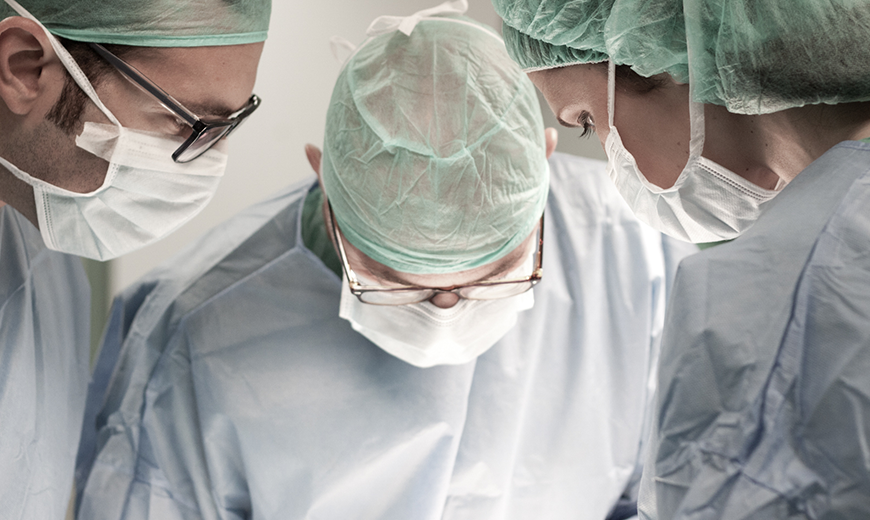
Within the surgical techniques to treat enlarged prostate, the laser is a fairly accurate and safe therapeutic option.
Traditionally, prostate surgeries had been performed with conventional methods but in recent decades has emerged a boom in more modern techniques such as laparoscopic interventions and the use of laser.
The latter has been a great ally in this type of operations in which the anatomy is very small, accessibility is limited and where high precision is required. Laser prostate surgery is a minimally invasive medical procedure with a high level of success and safety.
In these laser surgeries, the physician inserts a cannula with a camera at its end through the external urethral opening of the penis. The laser emitted by the tip of the flexible device (next to the camera) removes excess prostate tissue in the urethra without the need for open surgery.
Introduction to the prostate and its conditions
The prostate is a male gland that lies below the urinary bladder, surrounding the urethra and anterior to the rectum. It is about the size of a horse chestnut and has important reproductive functions for men.

BPH enlarged prostate 01
This gland secretes key substances for the maintenance of sperm contained in semen. Most of this fluid is produced by the seminal vesicles. However, the prostate releases substances such as:
- Fructose, a type of sugar that provides energy to sperm.
- Fibrinolysins, sperm, phosphatases and other enzymes.
- Immunoglobulins, antibacterial and antiviral agents.
The prostate is an organ that receives and redirects seminal content from the ducts of the seminal vesicles and sperm content from the vas deferens (from the testicles, where spermatogenesis occurs). Therefore, it is the anatomical site where all seminal fluids are conjugated with sperm just before male ejaculation.
In addition to secreting some seminal fluid, necessary for ejaculation, the prostate also acts as:
- A pump that pushes out the seminal fluids in the ejaculation.
- A valve that prevents the retrograde passage of urine to the testicles, which would imply a potential risk of infection in the scrotum and for male fertility.
Semen is an ideal microenvironment in which sperm can move and be nourished for hours as they are in the vaginal and uterine canal for fertilization of the female egg in the fallopian tubes.
The regulation of this organ (the prostate) is in charge of the hormonal factors of which testosterone is the most important male hormonal factor.
However. Over the years, the production of testosterone (by the Leydig cells in the testicles) and the number of androgen receptors in the prostate can be altered and increased. This creates a hypersensitization of the gland to testosterone and an uncontrolled increase in metabolic products that could cause it to hypertrophy and inflame, producing an enlarged prostate.

BPH enlarged prostate 02
Given the prostate anatomy and its close link to the urethra, any enlargement of the prostate can trigger pathological signs and symptoms of the urinary tract. This can lead to discomfort and difficulties in urinating, ejaculating and even in the erection of the penis and the transmission of sexual nerve stimuli. Endangering sexual health and the health of other organs, such as the kidneys.
Within prostate conditions, benign prostatic hyperplasia is the most common in men over 40 years of age (the age group most vulnerable to prostate enlargement).
The prognosis for this disease is often medium-low because patients are detected in advanced stages. Probably due to the paradigms that still exist with respect to the main diagnosis: the rectal exam.
When enlargement of the prostate becomes chronic, complications are quite uncomfortable and in addition, drug therapy has no effect, surgical treatment of prostate surgeries are recommended.
Looking for prices and information?
Use our virtual assistant and receive in your email everything related to the treatments that interest you. Budgets, recovery times, hospitalization, financing possibilities month by month, etc.
In just a few minutes and without any commitment.
En cumplimiento del Reglamento General de Protección de Datos le informamos que los datos por Vd. proporcionados serán objeto de tratamiento por parte de Andromedi con la finalidad de prestarle el servicio solicitado y/o contratado. Los datos no se cederán a terceros salvo en los casos en que exista una obligación legal. Para más información puede consultarla pinchando aquí.
What is the purpose of laser prostate surgery?
Laser surgery for the prostate is especially indicated (among other pathologies) for benign prostatic hyperplasia (BPH).

Benign prostatic hyperplasia manifests itself with quite specific signs and symptoms, for example:
- Difficulty in initiating urination and pain.
- Feeling of not having urinated completely.
- Slow urination due to low urine flow or dribbling.
- nocturia (waking up several times to urinate at night).
- In some cases, recurrent urinary tract infections (UTIs).
The blockage in the urinary tract can also be caused by other pathologies and health conditions such as:
- Nephropathy (kidney disease).
- Bladder diseases.
- Renal stones (renal lithiasis).
- Chronic urinary tract infections.
What are the benefits of laser surgery compared to conventional techniques?
Compared to open prostate surgery and TURP (transurethral prostatic resection), laser surgery has several advantages and benefits such as:
- Short recovery time in the hospital. Often patients must stay overnight (at most) in the hospital so they can return home promptly to continue recovery.
- Less incidence of incontinence problems or erectile dysfunction after surgery than with other methods.
- Less bleeding during surgery and recovery. This is because the laser can heal blood-containing vascular spots, causing them to close and not bleed as much.
- It is not necessary to use a urinary catheter for that long. With laser prostate surgery, bladder catheter use can be reduced to 24 to 48 hours after surgery. The catheter may become somewhat uncomfortable for most patients.
- Effective from day one. Improvements in urination can be noticed from the moment of surgery.
Surgery: what does it consist of?
What is the pre-surgery preparation like?
Before the surgery, the doctor will organize a series of check-ups to examine the patient’s state of health, perform some tests (laboratory and medical imaging) and recommend some indications such as:
- Avoid the use of anticoagulant drugs (antiplatelet agents such as acetylsalicylic acid) to prevent bleeding.
- Avoid the use of pain medications such as analgesics and NSAIDs so that they do not interact with anesthesia.
What is surgical anesthesia?
The anesthesia of prostate laser surgery can be of two different types, depending on the type of laser used and the technique used. This guarantees that the procedure is completely painless. The anesthesia can be general (with the patient unconscious) or spinal anesthesia (with which the operation area is numbed and the patient remains awake).
It is likely that with spinal anesthesia the patient will receive nerve sedatives so that he is calm while conscious during the intervention.

How is the procedure?
After the patient has been anesthetized and stabilized inside the operating room, a thin, flexible cannula is inserted through the urethra into the head of the penis.
This cannula has a high-definition camera at the end that allows the intervening surgeon to observe the procedure from an external monitor. Also, the cannula has a device that emits laser, which will be used selectively to cut, remove or vaporize the prostate tissue.
The surgeon extracts the tissue with special forceps until the urinary canal is free, also by transurethral route.

What is the recovery from surgery like? What is the post-operative care?
After surgery it is possible to notice some normal signs of swelling in the urinary tract. These include painful urination, urinary incontinence (or leakage in underwear), constant feeling of wanting to urinate, burning at the tip of the penis, and, in some cases, some blood in the urine (hematuria).
To prevent this, doctors place a bladder tube (also called a catheter) for a few days or until the inflammatory signs in the urine stop. This is done to allow proper healing of the urethral tissues and to prevent infection (since the tissue is exposed).
In addition, patients are advised to take physical rest and avoid strenuous activities such as running, bicycling, or lifting heavy objects from the floor. Antibiotics to prevent urinary tract infections and analgesics are also often prescribed to treat pain.
Results of surgery
In the vast majority of cases (more than 90 percent approximately), laser prostate surgery significantly improves urine flow in men with some type of prostatic hyperplasia.
These results are usually long-lasting, but in some cases, the prostate tissue may hypertrophy again and require another surgical intervention after a few years. It is vitally important to maintain urological vigilance after the operation in order to anticipate any new alterations.

Types of laser
The laser used in these surgeries corresponds to a type of ultra concentrated light beam that is capable of cutting biological tissue with extraordinary precision. However, the type of light emitted may vary, but the foundation is the same. Among the three types of lasers most used in prostate surgery are:
Selective prostate vaporizer
The laser used concentrates so much heat in an anatomical point that it can vaporize the biological material, so its extraction is facilitated. It has high power to remove hypertrophied tissue.
Holmium prostate laser ablation
Holmium laser is a type of high-precision laser emitter. It is also used to remove kidney stones (renal lithiasis) that could block the urinary tract.
Holmium prostate laser enucleation
The prostate laser enucleator is a highly sensitive medical instrument that allows a large amount of tissue to be removed. Even more tissue than previous laser types. It is used in cases of men with severe BPH.
How do you choose the right type of laser for the patient's needs? How do you know which laser is right for each case?

The type of laser used in the surgery will depend on several factors, but the most important are:
- The size of the prostate. The smaller the amount of prostate tissue to be removed, the more precise the laser should be to ensure that the cuts are clean and no healthy tissue is removed.
- The patient's general condition such as age and degree of prostate enlargement. Other health conditions such as the presence of coagulation, cardiovascular or chronic disorders (cancer, diabetes, etc.) are also taken into account.
Other factors considered in the choice of surgical laser would be the type of equipment available and the competencies of the physician with a given device.
Are there risks from laser surgery? What are these risks?
Laser surgery of the prostate may carry some risks. However, these are rare and tend to have a good prognosis if properly treated.
Among the risks, there is the development of:
- Urinary tract infections due to the fact that the walls of the urethra may be sensitive to colonization by bacteria specific to the bladder (e.g. E. Coli). Antibiotics are prescribed for this purpose and must be strictly adhered to.
- Chronic difficulty urinating due to scar tissue blocking the flow of urine.
- Erectile dysfunction and difficulty ejaculating. These are fairly rare complications with laser surgery. In fact, it is one of its main advantages, since it minimizes this type of serious sequelae. Open surgery with a scalpel has a greater risk of producing these complications due to the fact that some nerves that go to the penis could be cut, decreasing its sensitivity.
Frequently asked questions about laser prostate surgery
Hide
Although much less common than open surgery with a scalpel, lasers can also be used to surgically treat this disease. However, surgeons and urologists are faced with a problem: the cancer is often poorly located within the prostate, complicating its resection by means of a transurethral laser.
Doctors advise against having sex for at least two weeks after prostate surgery because ejaculation could be painful, hemorrhagic (hemospermia) and slow the healing process of the urethra.
This type of surgery is usually quite fast compared to traditional techniques. It rarely exceeds two or three hours of surgery (added to the 24 or 48 hours of hospital recovery).
Existing studies on pornography addiction
- Láser en urología
Scielo españa. J vicente rodriguez, 2005 - Cirugía láser de próstata
Mayo clinic - Resencción mínimamente invasiva de la próstata: técnicas
Medline plus - Cirugía prostática por láser, tipos, ventajas y complicaciones
Operarme.es - Diagnóstico y tratamiento de la hbp
Cenetec.mx
BLOG ANDROMEDI
Other articles that may interest you

Testosterone: Essential hormone for success?
5 April 2024

Could Covid-19 decrease penis size?
5 April 2024
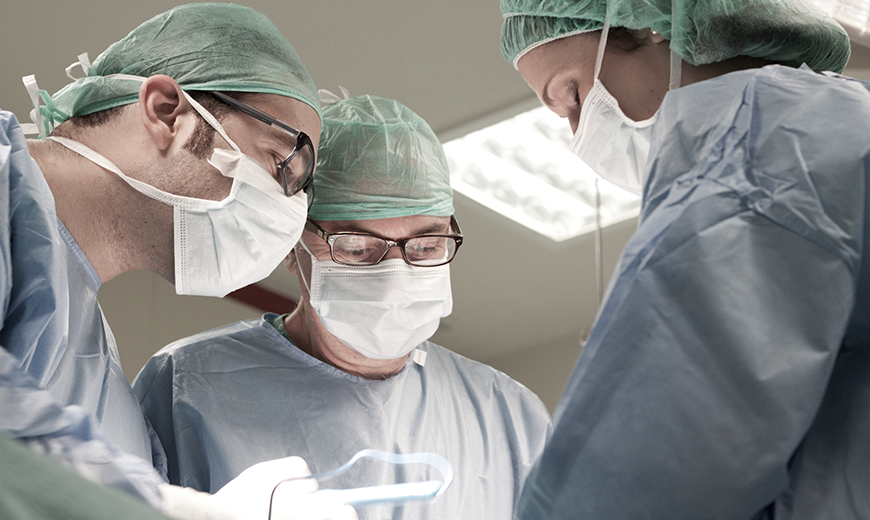
Laparoscopic surgery for prostate
26 September 2023
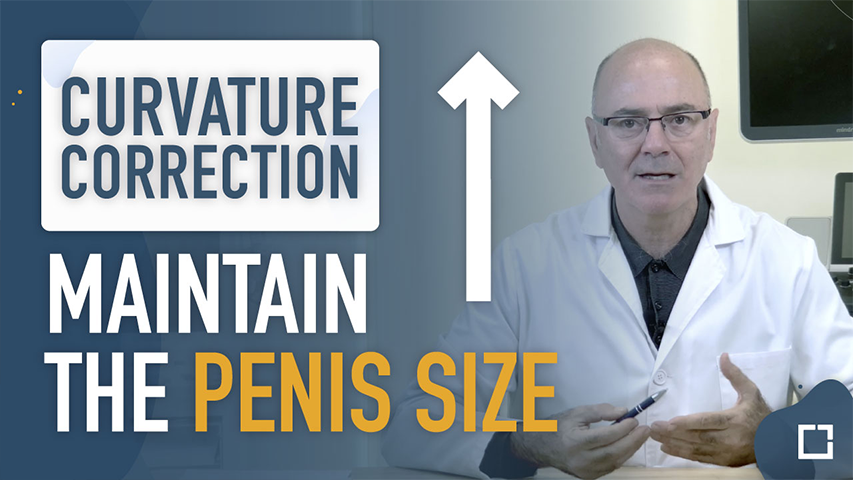
Cavernous body rotation technique
5 April 2024

Priapism: definition, causes and treatment
5 April 2024

To whom, how and where can i buy caverject? All about injectable aprostadil work. A solution to erectile dysfunction.
5 April 2024

What is it and how does penile prosthesis or implant work. A solution to erectile dysfunction.
5 April 2024

Why are jelquing exercises or penis enlargement massages so dangerous (and why they don’t work)?
5 April 2024

Xiaflex: the first non-surgical treatment for acquired peyronie’s disease or curved penis
5 April 2024

Impotence, incontinence and other problems after prostate surgery
22 November 2021

Getting a thicker penis: is thickening surgery safe?
5 April 2024

“Operating for phimosis does not increase the size of the penis” – One of the most repeated myths
5 April 2024

How is the sexual life of a man with a penile prosthesis? – Advantages and disadvantages of prostheses
5 April 2024
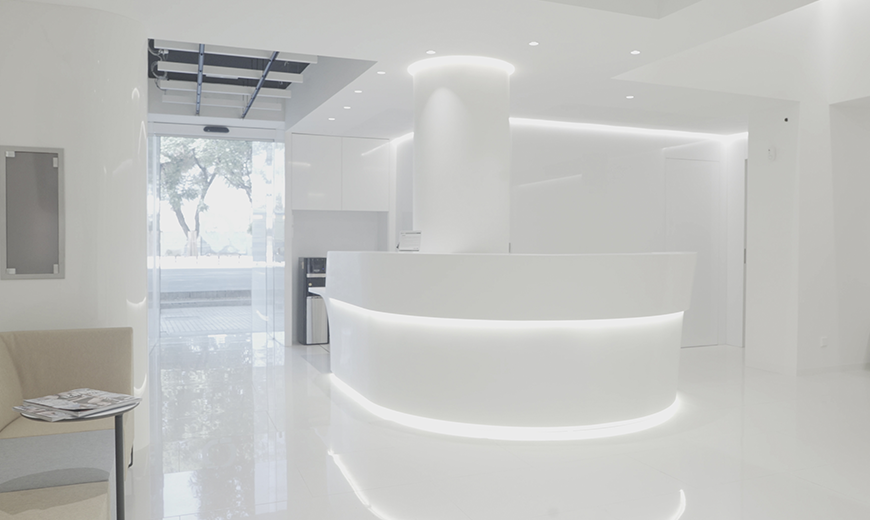
Andromedi opens a new Clinic in the Canary Islands
5 April 2024

Why do men wake up with an erection in the morning?
5 April 2024
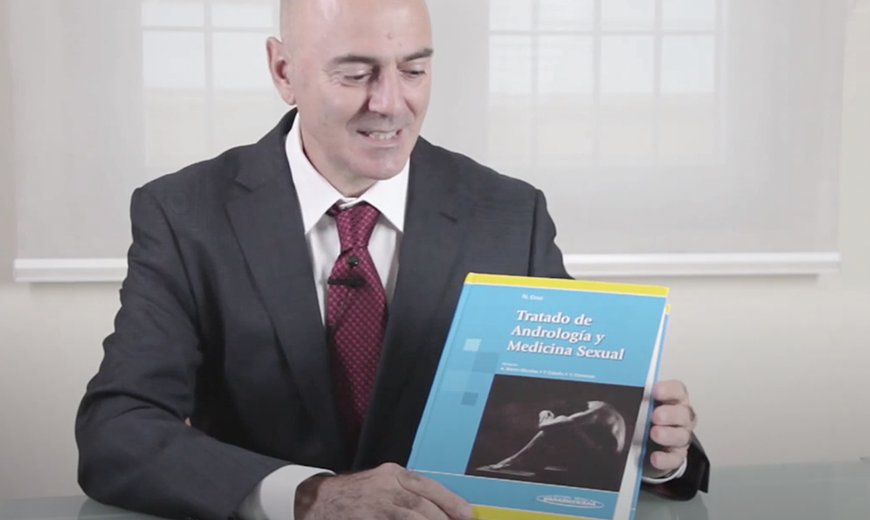
Andrology Textbook
5 April 2024
Author
El Dr. Juan Manuel Poyato, con más de 15 años de experiencia médica, es especialista en Urología, Medicina Sexual y Andrología, Es Profesor Externo del Departamento de Fisiología Médica y Biofísica de la Universidad de Sevilla y Coordinador de Urología de la Agencia Sanitaria Bajo Guadalquivir de la Consejería de Salud (Junta de Andalucía).
